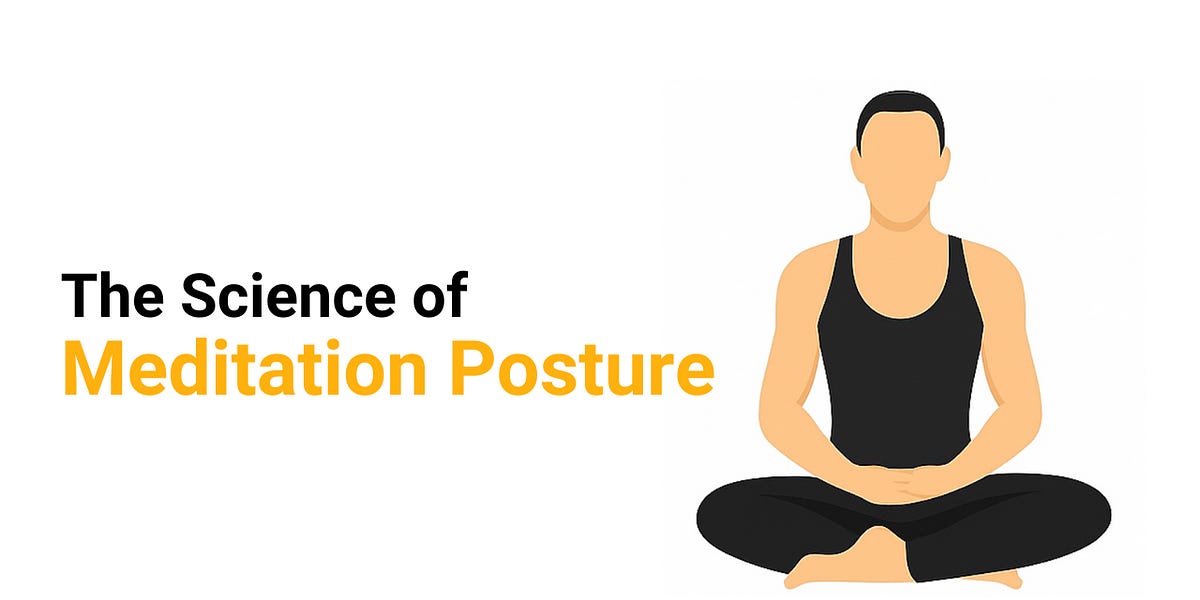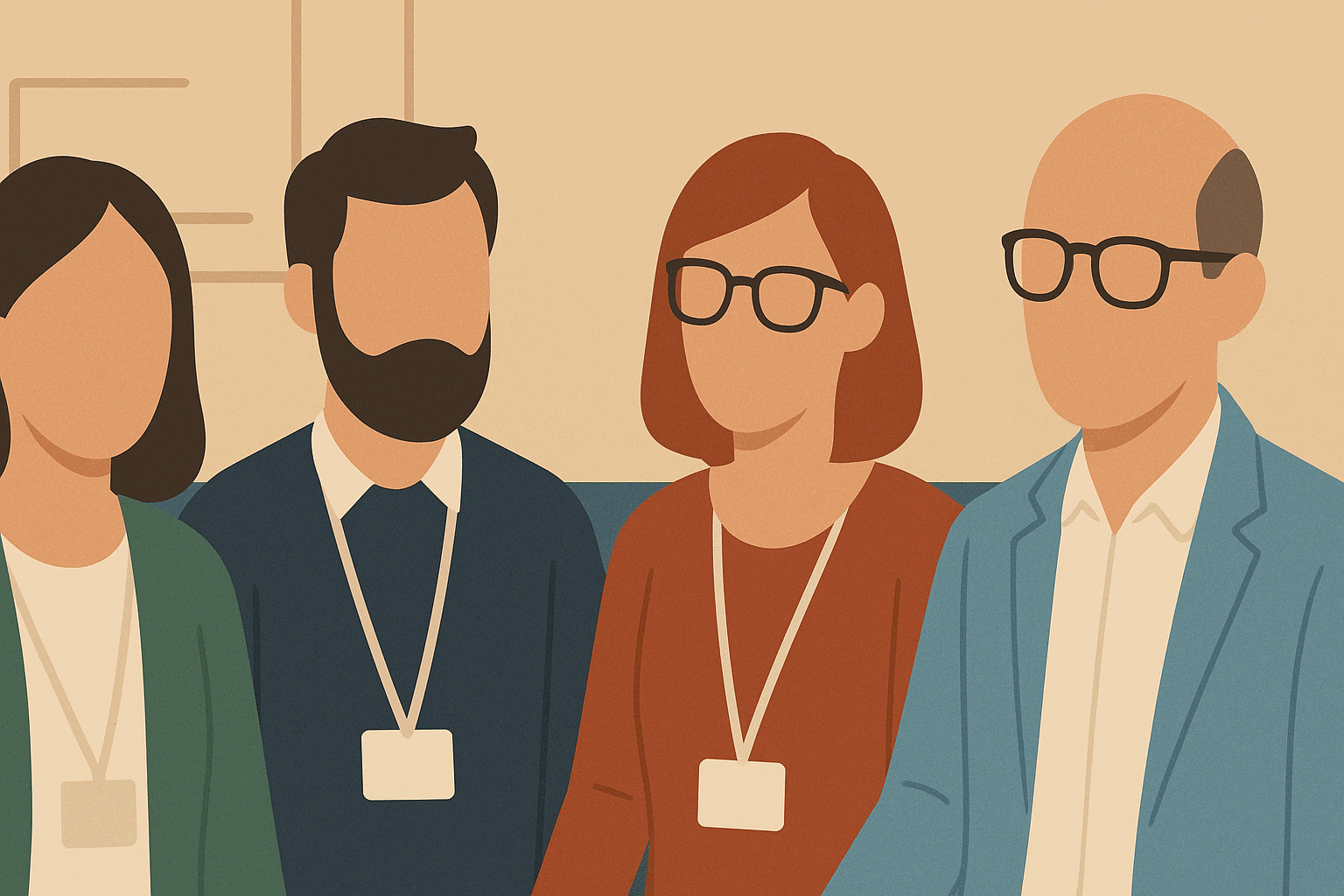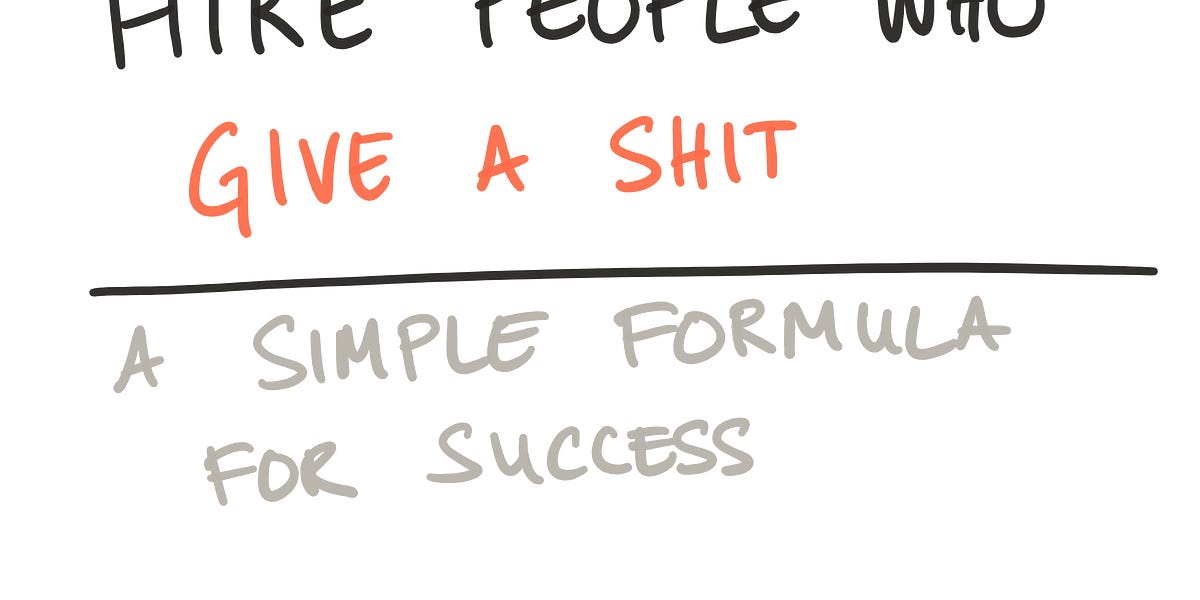
The Science of Mediation Posture - by Arihant Parsoya
The posture we keep our body in does influence our mental state. For example, it is difficult to keep the mind sharp in sleeping posture compared to sitting on a chair. Meditation is no different, having a good posture does influence the sharpness of the mind. Sitting straight with back and neck straight does improve the concentration of the mind (you can try it). However, exerting a lot of muscular energy to maintain that posture makes the mediation experience unpleasent.
During my first 10 day vipassana retreat, I was using a single pillow underneath my buttocks for 3 days and was experiencing pain on my lower back trying to keep my back and neck straight in longer sittings. I decided to add another pillow which would allow my lower back muscles to do less work in supporting my posture, and that did significantly reduce the pain a lot. Over the years my meditation posture improved automatically and I focus more on balancing by body so the weight is not too much on forward/backward direction which will cause my muscles to get tired over longer sittings. In this article I will break down on simple tricks like these which can be used to improve meditation posture and make longer meditation sittings much easier.
When sitting in the cross legged posture, there are different bones and muscles that are working to keep us stable in that posture namely lower back, upper back, hips, tailbone. Understanding how these bones and muscles interact to keep us upright can help us understand how to best position them for easier sitting. Depending on the individual anatomy and flexibility, the best posture can vary from person to person.















